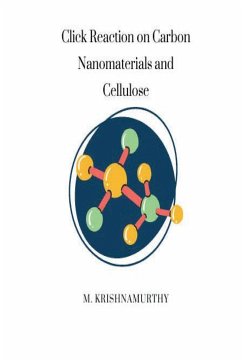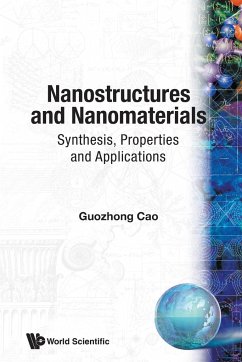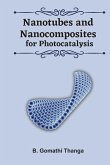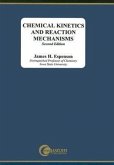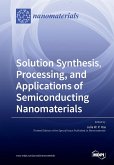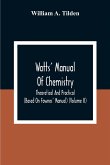A general introduction about the Cu(I)-Catalysed Azide-Alkynes Click (CuAAC) chemistry and literature studies on various applications of CuAAC for different materials, the importance of the carbon nanomaterials and cellulose materials has been comprehensively discussed . The book has mainly focused on evaluating the potential of Cu(I)-catalysed azide-alkynes click reaction on various surfaces such as, fullerene, single walled carbon nanotubes and bacterial cellulose to obtain new class of attractive functional materials for the application of superhydrophobic/hydrophobic characteristics and photocatalytic degradation of different dye molecules. "Click chemistry" is a powerful concept that was coined by K. B. Sharpless in 2001, which covers wide range of reactions with great application potentials in different research areas in material sciences, biological sciences and polymer chemistry. Initially, the click concept was applied to Huisgen 1,3 -dipolar cycloaddition between an azide and terminal alkynes to form , 1, 2, 3-triazole8 . The original Huisgen dipolar cycloaddition reaction provides the mixture of triazole product (1,4 and 1,5-regiomers), which were difficult to separate out by chromatographic methods and long reaction time and high temperature is often required. In 2001, Sharpless and co-workers reported that copper salts were able to accelerate this reaction by ~10 million times with many advantages ; which they named as click reaction. Later the concept was extended to many other similar types of reactions like Diels Alder, Thiol-ene addition, Staudinger ligation, Oxime ligation and Pyridyl disulfide reactions etc., which are fast and efficient, thermodynamically favoured, regiospecific, simple to perform, easy to purify and does not generate offensive bi products. However, the CuAAC reaction is the most efficient and robust method which fulfils all of the criteria of click chemistry perfectly, is extremely reliable and easy to perform on different surfaces. In this case, azide and alkyne building blocks rapidly react with each other in the presence of Cu(I) to produce 1, 2, 3-triazole ring, which makes it possible to strongly connect two substrates. It does not require high temperature and can be performed&n

